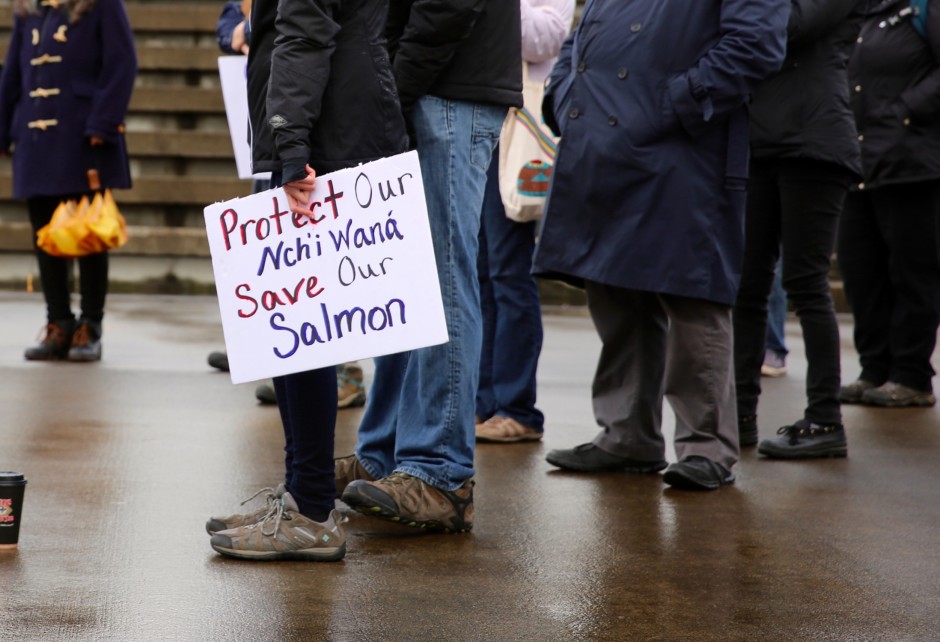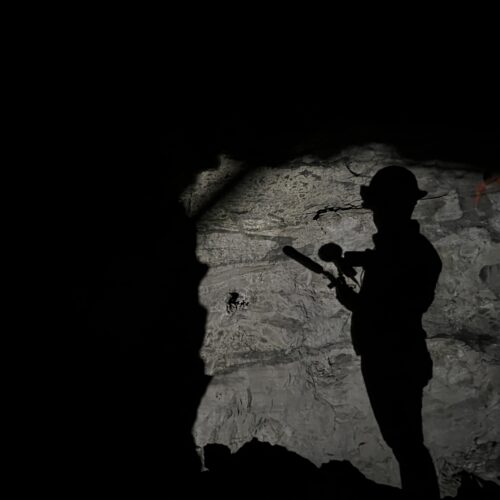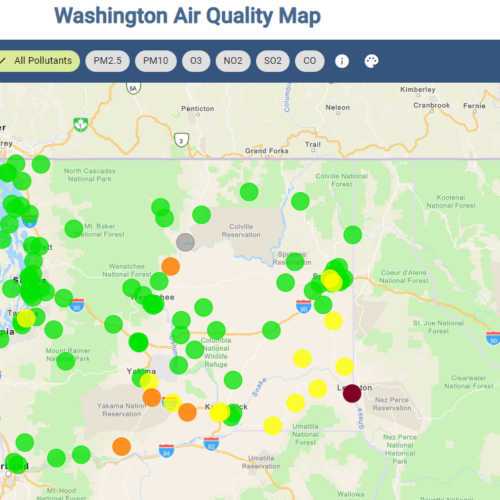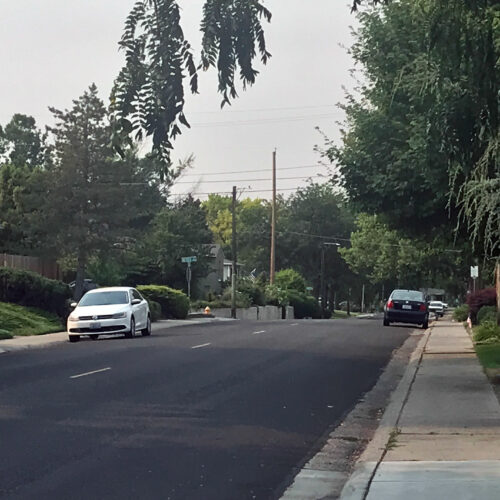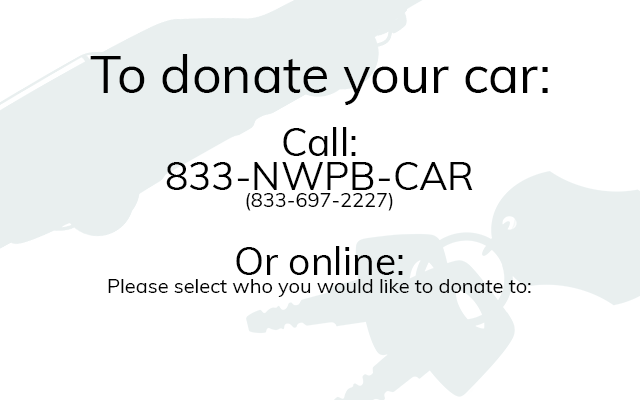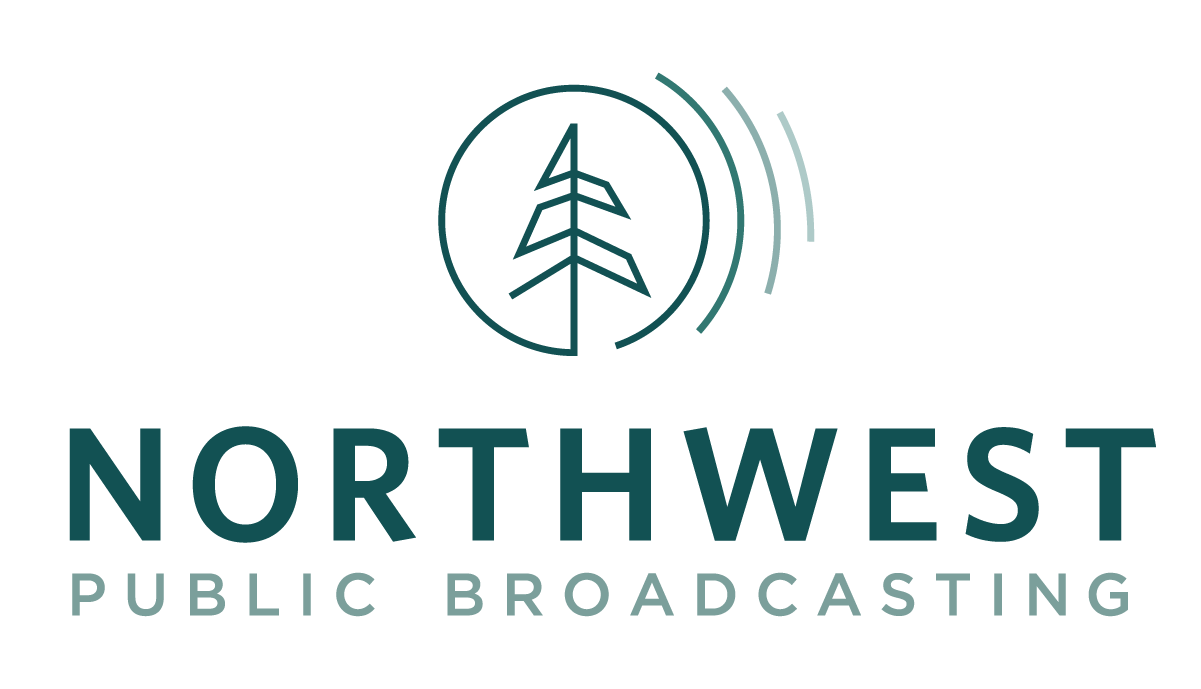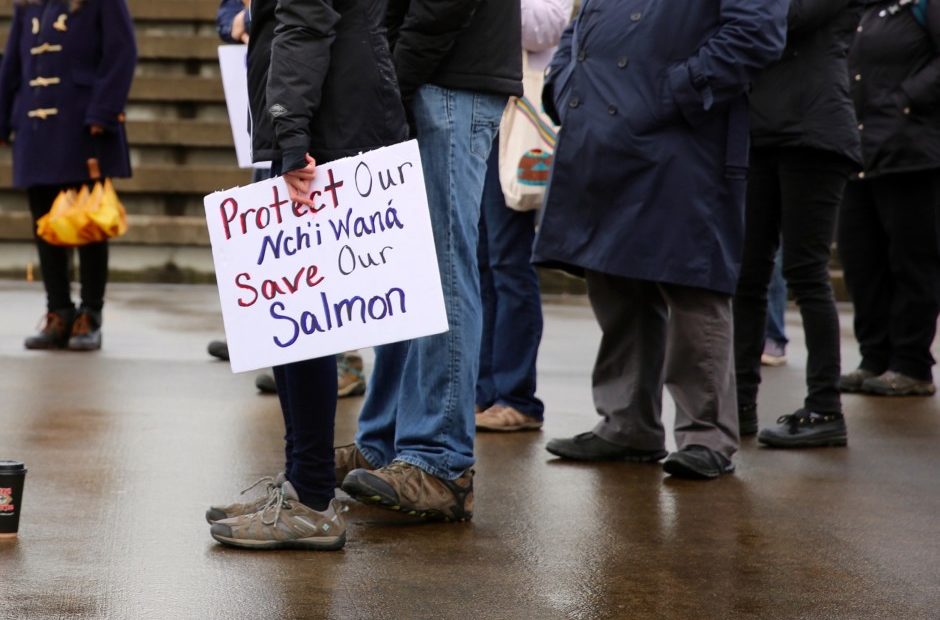
Yakama Nation Sues For Cleanup Cost At Portland Harbor Superfund
Oral arguments in a federal lawsuit filed by the Yakama Nation against 30 private companies and government entities for cleanup costs associated with pollution at the Portland Harbor Superfund site are expected to start in April.
The lawsuit, filed in January 2017, asks for a reimbursement of $283,471 in cleanup response costs incurred by the Washington-based tribe as of Sept. 30, 2016. Defendants include Calbag Metals Co., ExxonMobil Corp., Union Pacific Railroad Co., the Port of Portland and the city of Portland.
The Yakama Nation has treaty rights to the Columbia River and its tributaries, which include the Lower Willamette River and Multnomah Channel. For generations, the Yakama Nation has relied the Columbia River for fishing. For that reason, the tribe has a stake in cleanup efforts at the Portland Harbor Superfund Site in the Willamette River, which spills into the Columbia River.
The superfund site is one of the most polluted in the country and has even been targeted by the Environmental Protection Agency for expedited cleanup.
According to the lawsuit, hazardous waste from facilities owned and operated by the defendants entered the Lower Willamette River and Lower Columbia River through stormwater and wastewater outfalls, spilling from commercial operations and sewer overflows, among other pathways. The waste was produced from activities including ship building, manufactured gas production and metal recycling.
The lawsuit also calls on the polluters to come up with a liability plan to pay for future cleanup costs.
In November, the Yakama Nation demanded local officials, environmental regulators and those responsible for two separate releases of waste into the Columbia River to give them a seat at the table to discuss their expectations for cleanup in the river.
“My people have been on the Columbia River for thousands of years,” said Simon Sampson, a Yakama Nation tribal member and a lifelong fisherman, at the November rally. “Salmon is really a main diet of my people, and it’s been that way for many years. It’s a source of livelihood towards my people, and that’s why we want to protect it: for our future generations.”
Copyright 2018 Earthfix/OPB
Related Stories:
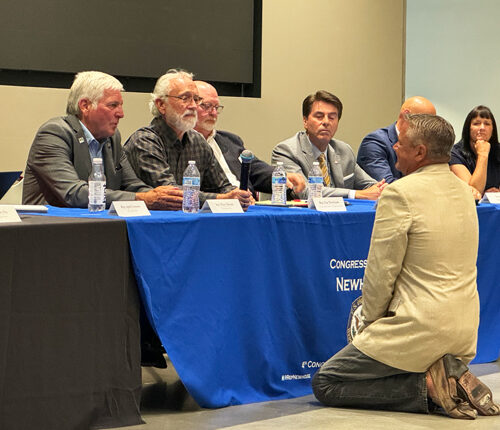
Tri-Cities forum draws support for Lower Snake River dams
At a Lower Snake River dams forum in the Tri-Cities, Chuck Bender, who said his family members are tugboat operators, fell to his knees in front of U.S. Rep. Dan

‘Fish War’ documentary highlights tribal leaders’ fight
From left to right, Charles Atkinson, Jeff Ostenson, Mary Big Bull-Lewis and Twa-le Abrahamson answer questions from the crowd after the film “Fish War.” (Credit: Reneé Dìaz / NWPB) Listen
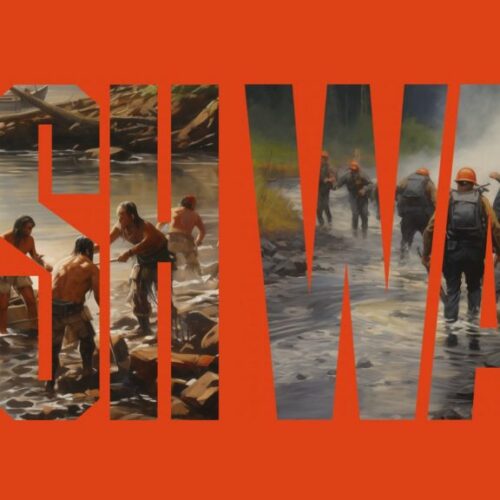
‘Fish War’ screens in Wenatchee
“Fish War” screens at the Numerica Performing Arts Center on Thursday. (Credit: North Forty Productions) Listen (Runtime 0:56) Read WENATCHEE— A documentary highlighting tribal leaders who stepped forward as environmental

